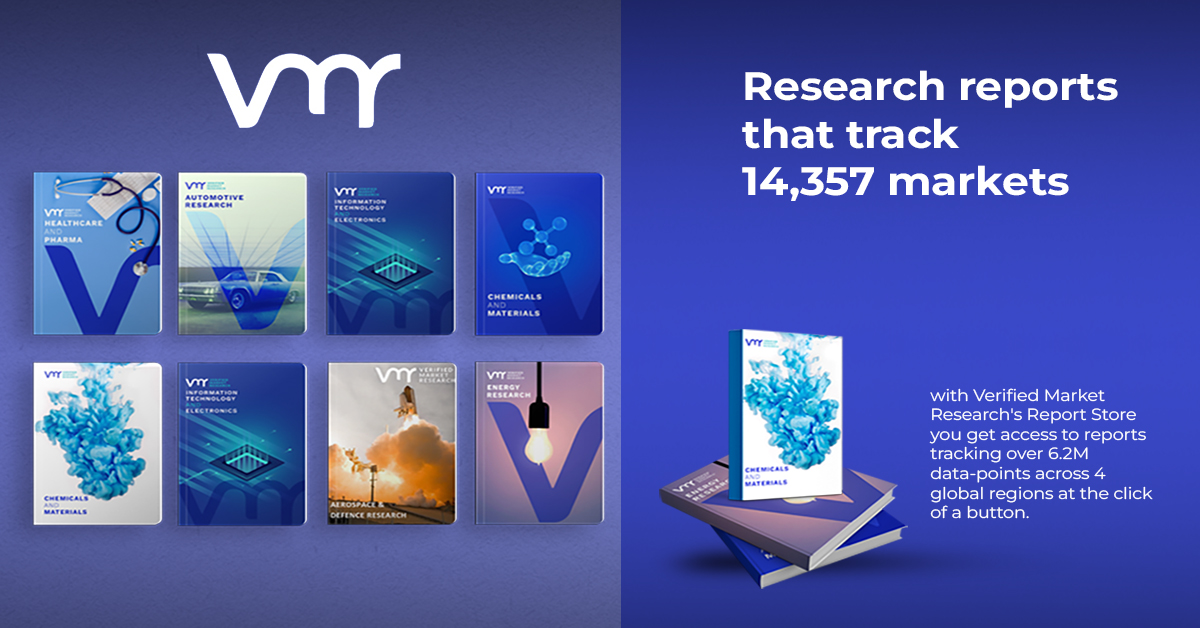The Future of Automatic Number Plate Recognition (ANPR): Key Developments and Trends Shaping the Market
Automatic Number Plate Recognition (ANPR) technology is revolutionizing the way we manage vehicular access, law enforcement, and transportation logistics. As cities become smarter and the demand for real-time data increases, the ANPR market is witnessing significant growth. This article explores the latest developments in ANPR technology, its applications, emerging trends, and the future landscape of this dynamic market.
Understanding ANPR: A Brief Overview
ANPR technology utilizes optical character recognition to read vehicle registration plates. This system typically comprises high-resolution cameras, sophisticated image processing software, and databases to store and analyze the data collected. Originally developed for law enforcement to combat vehicle-related crimes, ANPR has evolved into a multifaceted tool used across various sectors, including transportation management, parking enforcement, and toll collection.
Key Features of ANPR Technology
- Real-Time Data Processing: Modern ANPR systems can process images in real-time, enabling immediate access to vehicle information.
- High Accuracy Rates: Advances in machine learning and image recognition have significantly improved the accuracy of plate readings.
- Integration with Other Technologies: ANPR systems can be integrated with other security and monitoring systems, enhancing their effectiveness.
Recent Developments in the ANPR Market
1. Technological Advancements
Recent years have seen remarkable technological advancements in ANPR systems. High-definition cameras and AI-driven software have improved the clarity and recognition rate of vehicle plates under various environmental conditions, including poor lighting and adverse weather.
AI and Machine Learning Integration
Artificial intelligence (AI) is at the forefront of this evolution. Machine learning algorithms are being employed to enhance the accuracy of plate recognition and reduce false positives. Systems can learn from previous data, continuously improving their performance and adaptability to new types of plates or different fonts.
2. Expanding Applications
The versatility of ANPR technology has led to its adoption in diverse sectors beyond law enforcement. Key applications include:
- Smart City Initiatives: ANPR is being integrated into smart city projects, aiding in traffic management, urban planning, and public safety.
- Parking Management: ANPR systems streamline parking enforcement by automating ticketing processes and enabling better space management.
- Toll Collection: Many toll booths are transitioning to ANPR systems to facilitate automatic toll collection, reducing congestion and improving user experience.
3. Regulatory Developments
Governments around the world are increasingly recognizing the benefits of ANPR technology. New regulations and frameworks are being established to govern its use, balancing security needs with privacy concerns. The European Union, for instance, is working on comprehensive data protection regulations that impact how ANPR data is collected, stored, and utilized.
4. Market Growth and Investment
The global ANPR market is projected to witness substantial growth, with estimates indicating a compound annual growth rate (CAGR) of over 10% in the coming years. This growth is driven by increasing demand for security, smarter infrastructure, and investments in smart transportation systems.
Key Players in the Market
Several companies are leading the ANPR technology market, including:
- Genetec: Known for its security solutions, Genetec has developed robust ANPR systems that integrate seamlessly with other surveillance technologies.
- Vigilant Solutions: This company specializes in cloud-based ANPR solutions, enabling law enforcement agencies to access data remotely.
- Motorola Solutions: With a strong focus on public safety, Motorola offers integrated ANPR solutions that support law enforcement and emergency response.
Challenges Facing the ANPR Market
Despite the rapid advancements and growing adoption, the ANPR market faces several challenges:
1. Privacy Concerns
The deployment of ANPR systems raises significant privacy issues. The ability to track vehicle movements can be seen as intrusive, leading to public pushback. Organizations must navigate these concerns by implementing transparent policies and ensuring data protection.
2. Technical Limitations
While AI and machine learning have improved ANPR accuracy, technical limitations remain. Variations in plate design, environmental conditions, and camera angles can still lead to errors in recognition. Continuous improvements in technology are essential to address these issues.
3. Integration Challenges
Integrating ANPR systems with existing infrastructure can be complex. Cities and organizations must ensure compatibility with current technologies and processes, which can require significant investment and planning.
Future Trends in ANPR Technology
1. Enhanced Analytics and Reporting
The future of ANPR will likely see a stronger focus on analytics. Advanced data processing capabilities will enable organizations to extract insights from the data collected, informing traffic management strategies and enhancing operational efficiencies.
2. Increased Use of Cloud Technology
Cloud-based ANPR solutions are expected to gain traction. These systems offer greater flexibility, scalability, and accessibility for organizations, allowing for easier data management and collaboration across different jurisdictions.
3. Integration with IoT and 5G Technologies
The Internet of Things (IoT) and the rollout of 5G networks will significantly enhance ANPR capabilities. With faster data transmission and connectivity, ANPR systems can communicate in real-time with other devices and systems, improving response times and decision-making.
4. Focus on Environmental Sustainability
As cities strive to become more environmentally friendly, ANPR technology can play a role in promoting sustainable transportation practices. By monitoring traffic patterns and congestion, ANPR can help in implementing measures that reduce emissions and encourage the use of public transport.
The Automatic Number Plate Recognition market is on a promising trajectory, characterized by technological advancements, diverse applications, and increasing investment. As cities become smarter and the need for efficient data management grows, ANPR technology will play an integral role in shaping the future of urban mobility and public safety.
Organizations looking to invest in ANPR must be aware of the challenges and ethical considerations that accompany its use. By focusing on innovation, integration, and compliance, stakeholders can harness the full potential of ANPR technology while addressing the complexities of privacy and security.










